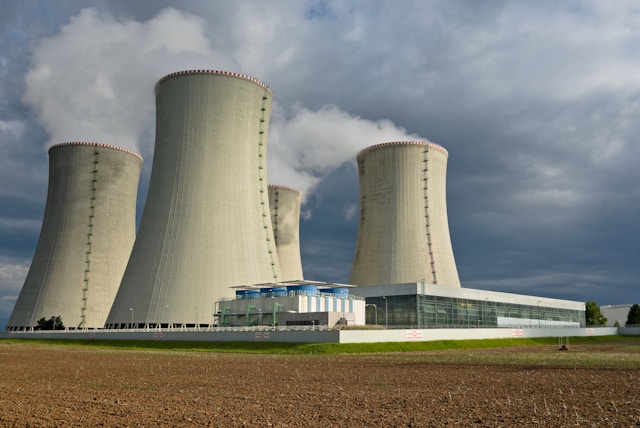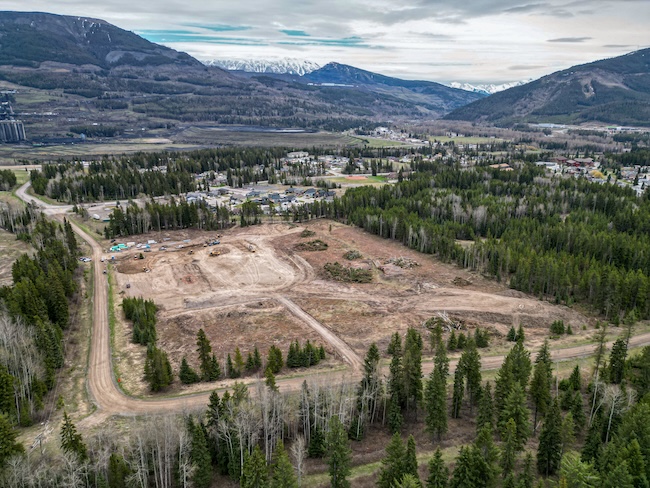3M Canada planning for the mining industries future

1 of 2Engineers can look forward to jobs outside of the traditional in an evolving mining industry. Photo courtesy of 3M Canada. — Photo courtesy of 3
1 of 2Engineers can look forward to jobs outside of the traditional in an evolving mining industry. Photo courtesy of 3M Canada. — Photo courtesy of 3M Canada
Alex Isings, oil and gas leader at 3M Canada, said two major trends in the mining industry are causing fundamental changes in the needs and direction of that sector, requiring engineers to broaden their horizons.
In general, new ore bodies are much more remote and difficult to reach, requiring creative solutions and new technologies, said Isings.
“It is important for mining engineers to understand what technologies are needed to allow miners to go deeper and into hotter environments,” he said. “Creativity, open-mindedness and willingness to look beyond the obvious are skills mining engineers will benefit from when looking to solve these types of problems.”
Tom Sanders, mining leader for 3M Canada, said many of the existing technologies are not working or not economical. 3M Canada is engaged in consortium-based research with academia and industry to provide robust solutions to bigger problems.
The company is currently developing a polymeric composite membrane, for instance, which is applied over new or cracked shotcrete in movement-prone ground to enhance support. Meant for deep, hard rock mining, the four millimeter coating has extremely tensile elongation properties meaning it forms a non-corrosive, impermeable layer that also yields with the rock under geocentric stresses.
“The goal is to increase the cycle time and advance rate,” said Sanders. “It removes people from the face, which is the biggest safety concern because that is where 70 per cent of the injuries are happening.”
The second major trend has to do with current commodity prices, which affect the industry in several ways. Mines are becoming less profitable and some are unable to maintain cash flow, increasing the risk of closure.
“Dirtier and more expensive processing lines are closing, and there is an increased focus on decreasing costs and increasing productivity,” said Isings. “There is also an increased focus on sustainable solutions.”
The industry's clear focus on sustainable practices means engineers need to take into consideration the entire lifecycle of a mine including emissions, waste materials and decommissioning when developing products or solutions.
“It used to be we had a view of the industry as more of a single point of 'let's solve this issue,'” said Isings. “Now we look at the entire lifecycle, what will happen to this product 20 years down the road, where the raw materials are coming from, the production process, disposal and contamination.”
The productivity trend has been evolving for decades and is gaining momentum, he said. “The technology has to change. The focus is on cost and payment. Operators are shutting down marginal operations and focusing on the productivity of existing ones.”
One reason productivity has become a major issue is that the mining industry shares its labour pool with oil and gas.
“It used to be more distinct, but that is no longer the case,” he said. “Increased wages for the oil sands are trickling down to mining and wages are sticky. Companies are trying to drive out cost but can't, because people can go to a new geography and make more money. An ongoing challenge will be that they are unable to get workers at a lower wage. This is where productivity enhancing technologies can help.”
On the bright side, the labour shortage and innovation-driven nature of the industry will make it easier for trained engineers to find work, said Isings.
Engineers entering the workforce now are well advised to leverage the wisdom and experience of those who have come before them, he said, and work to expand on their ideas, customs and knowledge to further innovate in an evolving industry.
“Cutting corners in mining-related professions almost always increases the level of danger experienced by miners,” he said. “It is important to carefully and strategically complete projects to ensure the highest levels of safety are achieved.
“Also, due to the shortage of young people entering mining and many of the baby-boomers retiring, those who enter the field will be faced with high work demands,” he said. “They will have to rely on fewer people to do more work and should be ready for these challenges.”



